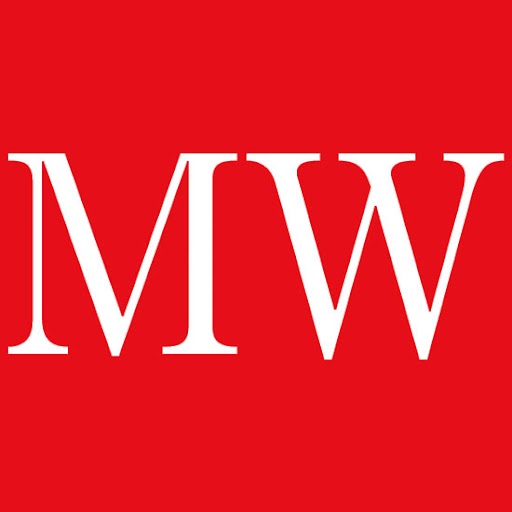Tangible common equityis a measure used to gauge how big a hit a bank can take before its shareholders' equity is wiped out. Although a fairly old-fashioned ratio, it has become popular in the wake of the credit crunch as a way of assessing the worst-case scenario for battered banks. The calculation is a bit fiddly.
It starts with the value of a bank's total net assets and subtracts intangible assets (long-term assets, such as mortgage servicing rights), goodwill (a very common intangible asset) and preference shares (since these would always have a prior claim on the bank's assets before ordinary shares). This is divided by the bank's tangible assets (these tend to include property, equipment and the like).
The higher the result, the better. Intangible assets (which can be a big proportion of a bank's balance sheet) are excluded because they are deemed to have no value if a bank fails. But critics argue the TCE measure is too brutal and treats banks that hold toxic assets largely the same as those holding safer ones.
MoneyWeek
Subscribe to MoneyWeek today and get your first six magazine issues absolutely FREE

Sign up to Money Morning
Don't miss the latest investment and personal finances news, market analysis, plus money-saving tips with our free twice-daily newsletter
Don't miss the latest investment and personal finances news, market analysis, plus money-saving tips with our free twice-daily newsletter
Get the latest financial news, insights and expert analysis from our award-winning MoneyWeek team, to help you understand what really matters when it comes to your finances.
MoneyWeek is written by a team of experienced and award-winning journalists, plus expert columnists. As well as daily digital news and features, MoneyWeek also publishes a weekly magazine, covering investing and personal finance. From share tips, pensions, gold to practical investment tips - we provide a round-up to help you make money and keep it.
-
 ‘Why I have ditched my Help to Buy ISA for cash savings and the stock market’
‘Why I have ditched my Help to Buy ISA for cash savings and the stock market’Without the 25% bonus, my Help to Buy ISA is effectively redundant, says MoneyWeek writer Sam Walker.
-
 Is your inheritance tax allowance cut if you sell to downsize or sell your home to pay for care?
Is your inheritance tax allowance cut if you sell to downsize or sell your home to pay for care?Downsizing relief is a little-known benefit that could save your loved ones tens of thousands of pounds in inheritance tax after you’ve died.

